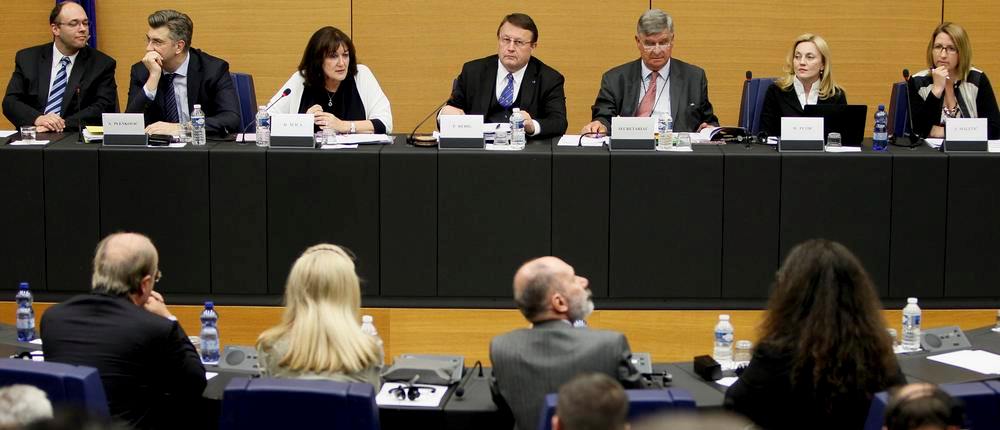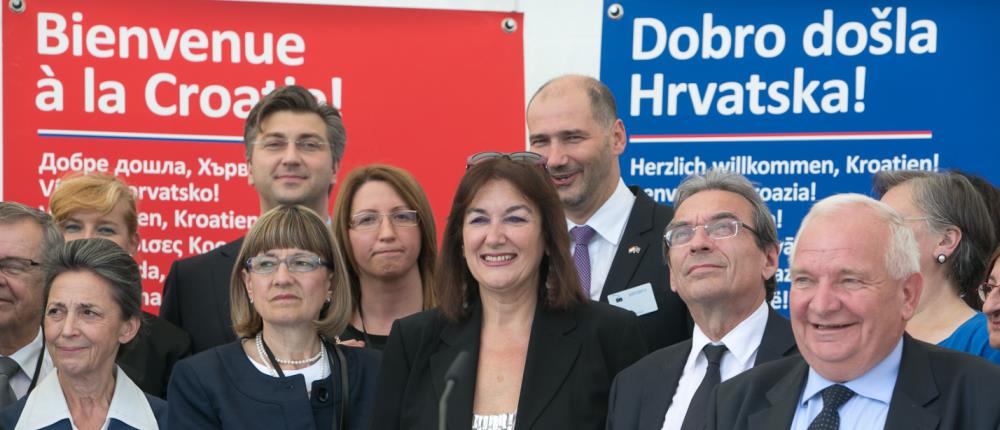Extremely low temperatures, ice, and snow have caused damage amounting to millions in Gorski Kotar; a few days ago thousands of households were left without electricity. This part of Croatia was ice-bound, and power transmission lines, family plantations, the low-voltage network, and forests have been damaged. Given that the regional economy is based on the timber and wood industry, the damage is severe. Crèches and schools have also been closed. The situation has for the time being returned to normal, and Gorski Kotar is recovering from the consequences of the natural disaster. Work is still continuing in order to restore transport services, a full power supply, and unbroken telecommunications links. Because of the extensive damage caused by ice, snow, and low temperatures, the Primorje-Gorski Kotar and Karlovac county prefects have declared certain parts of their territory a disaster area. The scale of the disaster is best illustrated by the fact that practically the whole of the Gorski Kotar electricity grid needs repairing. The repairs will take months, but it will be several decades before woodlands have regenerated.
1. What kind of aid can Croatia expect to help it repair the damage to power transmission lines, the low-voltage network, family plantations, and forests in the areas stricken by cold, ice, and snow and hence guarantee public safety and basic living conditions?
2. Could money from the European Solidarity Fund, channelled through Croatian government agencies, be used to finance reconstruction in the disaster area? Can the inhabitants of the affected areas expect swift action by the EU institutions?
3. What other sources of funding could be used to rebuild and regenerate the infrastructure and woodlands that have been destroyed in Gorski Kotar?






























